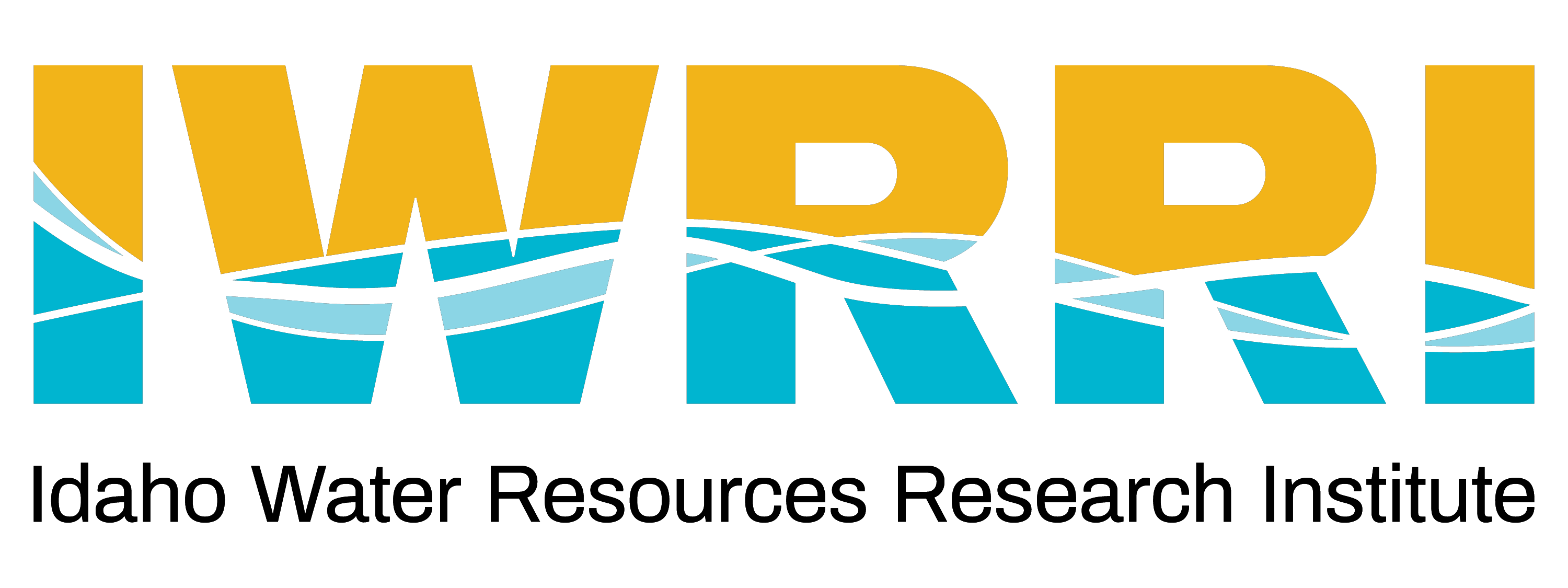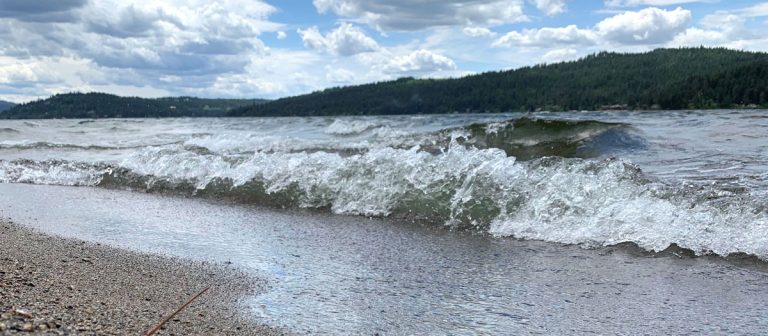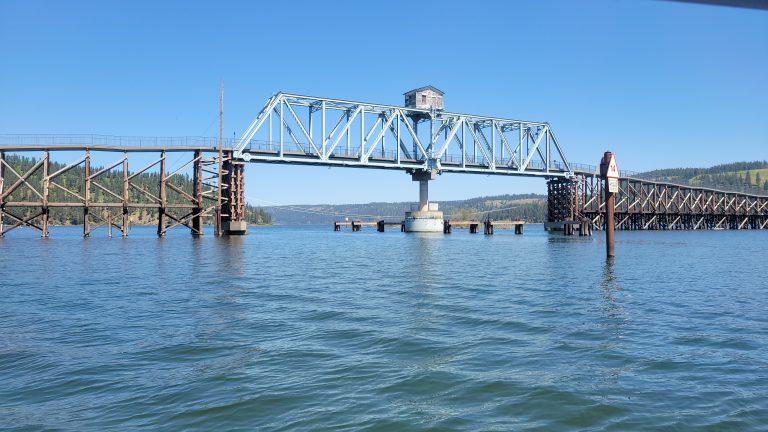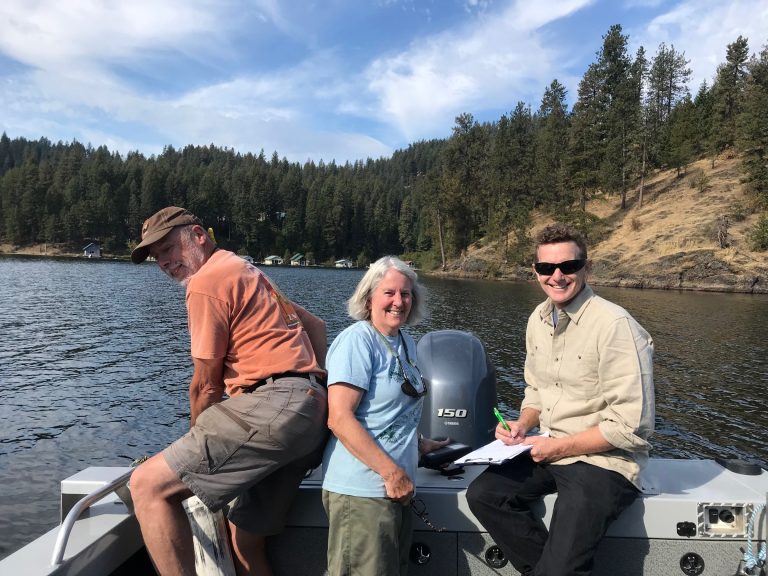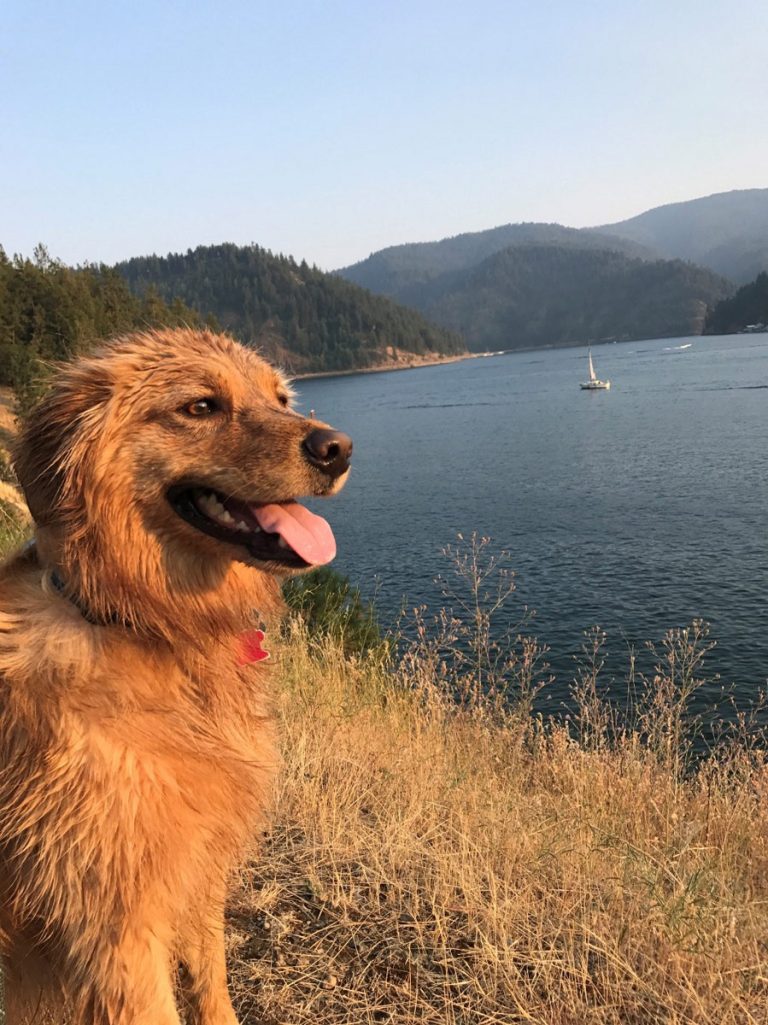OUR GEM: Stormwater – Here’s Your Sign!
You may recall hearing or reading about the City of Coeur d’Alene and their work to reduce their stormwater discharge to Coeur d’Alene Lake and the Spokane River. Since 2018, through their Stormwater Volume Reduction Program, the City has diverted flow from seven outfalls on the river and lake for a total of 465 acres of diverted flow. That equals 13% of the City’s hard pipe/outfall area.
To help share the success of their program and raise awareness of lake protection, the City has installed two new signs along the shore of Coeur d’Alene Lake. Due to the sand and gravel soils found in Coeur d’Alene, infiltration into the ground is a cost-effective strategy for treating stormwater. While this is an effective strategy, it’s not a very visible one, and, because of this, it can go unnoticed.
To help residents and visitors understand stormwater management, the City has partnered with the Idaho Department of Environmental Quality (DEQ) to place educational signs at one of their most visible and accessible stormwater outfall project sites – Sanders Beach. There are two signs in place. One, located at the public access beach at the southern end of 12th Street, explains why we are concerned about stormwater runoff, the pollutants that can be found in runoff, and how this relates to the health of Coeur d’Alene Lake. The second sign, located at the base of Tubbs Hill at the East Tubbs Hill trailhead, explains the specific project that was installed there last year. It includes a visual representation of the treatment system that was installed underground between Tubbs Hill and the parking lot at the trailhead.
The Sanders Beach outfall project is one of four separate stormwater projects funded by Idaho Department of Environmental Quality’s Leading Idaho Initiative. The other three locations include Mullan Ave, Third Street, and Independence Point outfall areas. The Sanders Beach project consists of two outfalls; one at the 11th Street Marina; the other at the 12th Street public beach.
Since little room was available to construct swales, the design includes underground basins. Stormwater will now be filtered through a sand and compost mixture as it absorbs into a series of basins and, ultimately, the ground. The stormwater runoff was previously discharged into the lake at the beach area and into the 11th Street Marina. While the outfall pipes are still in place, the water has been diverted to the series of underground basins installed last year. If this is difficult to visualize, head down to East Tubbs Hill and check out the new signs!
While stormwater management is one of the services the City of Coeur d’Alene provides, we can all help improve the quality of the water running through our city. Everything that falls to the ground has the opportunity to enter our lakes and river through surface runoff. While the stormwater improvements are a big win, there are still many areas that have not received treatment. Additionally, even in areas that now have treatment systems installed, maintenance of the treatment systems is still necessary. We can all help to reduce the pollution burden on our waterbodies and in our stormwater treatment systems by minding what we place on the ground, either intentionally or unintentionally. By applying fertilizers and pesticides responsibly, disposing of waste appropriately, maintaining vehicles, and picking up pet waste, we can make a collective difference for the beautiful natural resources we all enjoy. For more information on water quality in the Coeur d’Alene Basin, visit uidaho.edu/OurGem.
